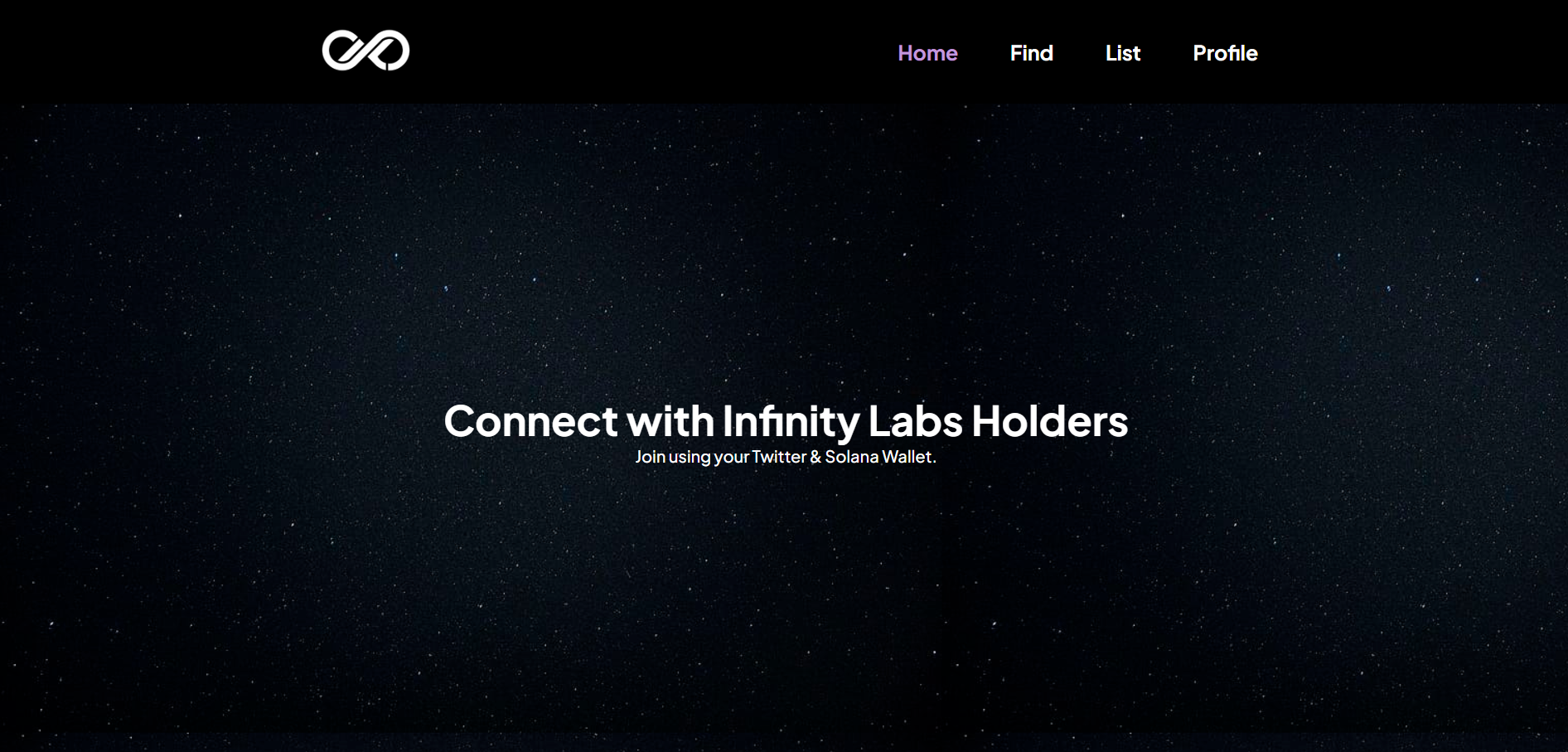Twitter & Solana Connection
Tech stack: Next.js, Solana, Twitter API
Links: View Project
The Twitter & Solana Connection project was developed as an ambitious submission to an Infinity Labs grant, demonstrating innovative approaches to social media and blockchain integration. This application bridges traditional social platforms with decentralized finance, creating new possibilities for community engagement and digital identity.
The core functionality enables users to seamlessly connect their Twitter accounts with Solana wallets, creating verified links between social identity and blockchain assets. This connection opens possibilities for NFT verification, community access control, and social trading features.
Built with Next.js, the application leverages modern web development practices including server-side rendering, API routes, and optimized performance. The framework choice ensures scalability, SEO optimization, and excellent user experience across all device types.
The integration challenge involved working with both Twitter's API authentication systems and Solana's blockchain infrastructure, requiring expertise in OAuth flows, wallet connectivity, and cross-platform data synchronization. The technical implementation demonstrates proficiency in complex API integrations.
Future development plans included NFT marketplace features where users could list desired NFTs to complete collections, creating a social marketplace driven by community needs and verified ownership. This feature would have enabled efficient collection completion and community trading.
The project faced challenges when Twitter's API access policies changed, affecting authentication capabilities and limiting the application's functionality. This experience demonstrates adaptability to external platform changes and the importance of contingency planning in third-party integrations.
Despite API limitations, the project showcases understanding of Web3 development principles, social media integration, grant application processes, and innovative thinking about blockchain applications in social contexts. The work demonstrates potential for future development when API access is restored.

